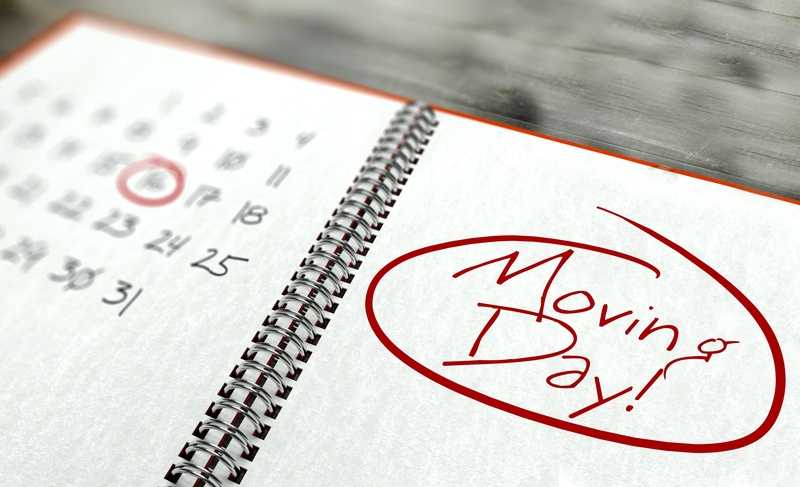Piano Moving Guidelines
Posted on 02/07/2025
Piano Moving Guidelines: How to Safely Relocate Your Instrument
Moving a piano is no small task. It requires careful planning, special equipment, and sometimes a bit of muscle. Whether you're relocating to a new home or just moving the piano to another room, doing it correctly ensures that your cherished instrument remains unharmed. Follow these piano moving guidelines to make the process as smooth as possible.

Understand the Types of Pianos
Before you begin, it's crucial to know the type of piano you're dealing with. Pianos come in various sizes and weights, each posing its own challenges. For example:
- **Upright Pianos:** Easier to move but still quite heavy, weighing between 300-500 lbs.
- **Grand Pianos:** Much heavier and larger, often exceeding 1,000 lbs.
Gather the Right Equipment
Having the proper equipment can make all the difference. Here's what you'll need:
- **Dolly:** A sturdy, four-wheeled dolly for upright pianos or a piano board for grand pianos.
- **Moving Straps:** To secure the piano during transit.
- **Padding and Blankets:** To protect the piano from bumps and scratches.
- **Measuring Tape:** To ensure the piano fits through doorways and staircases.
- **Work Gloves:** For better grip and protection.
Measure Doorways and Pathways
Ensure that the piano can fit through all doorways and pathways leading to its final location. Measure the piano and compare those dimensions to the width and height of hallways, doorways, and staircases.
Prepare the Piano for Moving
- **Secure the Lid and Keyboard Cover:** Make sure they are locked down to prevent them from opening.
- **Wrap in Padding:** Use moving blankets to cover the piano. Secure the padding with moving straps or tape.
- **Remove Any Detachable Parts:** For grand pianos, remove legs, pedals, and the music stand and wrap them separately.
Moving the Piano
- **Lift Carefully:** When lifting the piano, do so with your legs, not your back. Avoid twisting your body.
- **Place on the Dolly:** For upright pianos, tilt the piano slightly and slide the dolly underneath. For grand pianos, use a piano board to help position it onto the dolly.
- **Secure with Straps:** Once on the dolly, secure the piano with moving straps to keep it from slipping.
- **Navigate Obstacles Carefully:** Go slowly and steadily, especially when moving up or down stairs.
Transporting and Setting Up
- **Load into Vehicle:** Use a ramp to load the piano onto a moving truck. Make sure it's securely fastened.
- **Unloading:** When unloading, use the same precautions you did while loading. Slowly maneuver the piano into its final position.
- **Reassemble (if needed):** Put back any parts you removed and make sure everything is securely in place.
Pros and Cons of Moving a Piano Yourself
**Pros:**
- **Cost Savings:** You can save money by not hiring professional movers.
- **Controlled Process:** You have full control over how your piano is handled.
**Cons:**
- **Risk of Damage:** Higher chance of damaging the piano or your home.
- **Physical Strain:** Moving a piano is extremely strenuous and can lead to injury.
- **Equipment Costs:** You may need to rent or buy special moving equipment.
Tips for a Successful Move
- **Plan Ahead:** The more you prepare, the easier the move will be.
- **Get Help:** Don't attempt to move a piano alone. Enlist the help of friends or family.
- **Use Professional Movers for Grand Pianos:** Given their size and weight, hiring professionals is often the best option.

Takeaways
Moving a piano requires careful planning and the right equipment. Know your piano type, measure all doorways and pathways, and take your time. Secure the piano well and consider hiring professionals for particularly challenging moves.
Conclusion
Successfully moving a piano hinges on meticulous preparation and execution. By following these guidelines and considering the pros and cons, you can relocate your piano with minimal risk. Whether you decide to move it yourself or hire professionals, the ultimate goal is to safeguard this valuable instrument for continued enjoyment.







